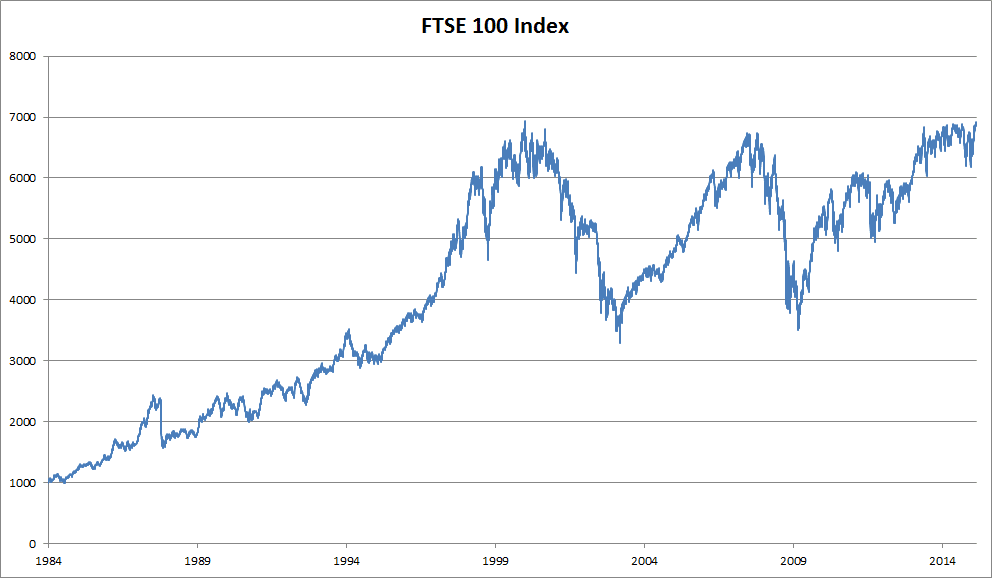

Regulators require that it be distributed to all shareholders. It includes a description of the firm's operations, its balance sheet and income statement. Yearly record of a publicly held company's financial condition. American Depositary Shares (ADS) are a similar form of certification.Įmployee of a brokerage or fund management house who studies companies and makes buy and sell recommendations on their stocks. ADR's carry the same currency, political and economic risks as the underlying foreign share the prices of the two, adjusted for various factors, are kept essentially identical by arbitrage. "Unsponsored" ADR's do not receive such assistance. If the ADR's are "sponsored" the corporation provides financial information and other assistance to the bank and may subsidize the administration of the ADR's. One ADR may represent a portion of a foreign share, one share or a bundle of shares of a foreign corporation. Your order will be only executed if the stock price falls to or below the amount you set.Ĭertificates issued by a US Depositary Bank, representing foreign shares held by the bank, usually by a branch or correspondent in the country of issue. For instance, in the case of buying stock, the limit price is the highest you’re willing to pay for it. With limit order, you’ll be buying or selling the stock at or better a price you determine. The two most common types are market orders and limit orders.īy choosing a market order, you’re effectively buying or sell the stock at the best available share price at that moment. Once you select a specific stock or ETF to buy, your brokerage will ask you to choose the order type you prefer. Generally, all major North American stock markets, like the TSX, are open from 9:30am to 4:00pm, Monday-Friday EST. You can use your brokerage’s website or, in the case of mobile devices, their trading app, to place your stock trades. Successful investors will allot a certain percentage of their investment portfolios to trading stocks. The important next step is to set – and stick to – your stock trading budget. Let’s assume you currently have a brokerage account, and you’re ready to go. You need to consider various factors to determine the amount of money you should invest in stocks. Are you a risk-averse, conservative investor, or are you going to be aggressively trying to beat the market? Your risk tolerance. Your willingness to take on riskier investments for the potential of higher returns defines your “risk tolerance.” Come up with an investment strategy that works for you. Conversely, older investors (especially those in retirement) will want less risky investments because their time horizon is shorter and, as they drawdown their investments, will have less time to ride out volatile periods. Their focus should be on capital appreciation. How long are you willing to invest to achieve your financial goal? Months or years? Decades? Younger investors with longer time horizons can feel more comfortable with risk because they can wait out the volatility of the stock market. Your time horizon and your tolerance to risk. So, what’s the right mix of assets for you? It depends on two key questions. When your portfolio includes a mix of stocks, bonds, cash and real estate, you’re effectively practicing asset allocation. In effect, you’ll be reducing the risk of losing money. New investors should know that asset allocation is one of the founding principles of good investment management.


 0 kommentar(er)
0 kommentar(er)
